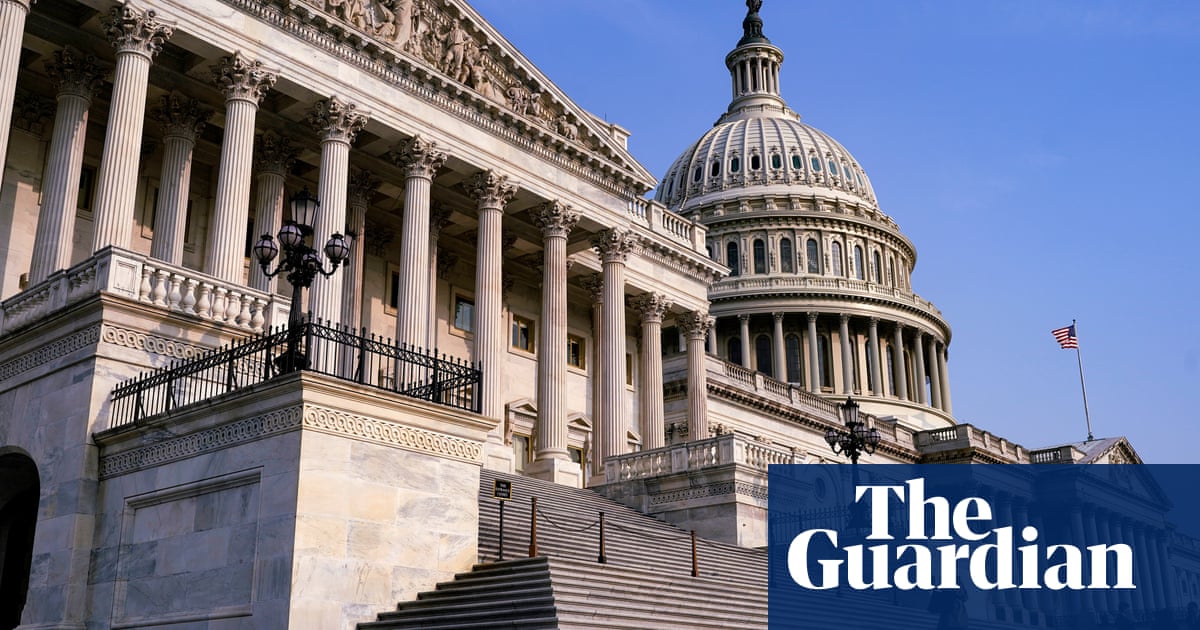
NEW YORK, Oct 5 (Reuters) - Worries about the debt ceiling are beginning to rattle investors as the deadline nears for Congress to raise the U.S. borrowing limit to avoid a historic default on U.S. debt.
With two weeks before the Oct. 18 deadline, President Joe Biden said Monday he cannot guarantee the government will not breach its $28.4 trillion debt limit unless Republicans join Democrats in voting to raise it. read more
Concerns are mounting in the market for short-term bills, credit default spreads on U.S. debt and in general market sentiment. U.S. Treasury Secretary Janet Yellen has said the government will run out of cash around that date unless Congress raises the limit on the federal debt.
"The debt ceiling and infrastructure talks out of (Washington), D.C., will continue to be front and center this week amid more hints that ratings agencies could take the U.S. credit rating down a notch if the drama continues," said Arthur Hogan, chief market strategist at National Securities Corp.
SHORT-TERM TREASURY SPREADS
There are signs of tension in the Treasury bill market, with 1-month bills that would be affected by a potential default yielding higher than 3-month bills.
One-month bills currently yield 0.1%, close to their highest levels since March on an intraday basis, compared with a 0.038% yield in three-month bills . The spread between one-month and three-month bills is the widest since March 2020.
Portfolio managers typically avoid bill issues at risk of default even if the likelihood of a failed payment is very low. This can send yields on some issues higher than those on longer-dated debt, an unusual occurrence in the yield curve, which is typically upward-sloping. read more
U.S. REPO MARKET
Except for some minor volatility, the U.S. overnight repurchase agreement (repo) market has shown little signs of stress.
Overnight repo rates on Monday closed at 0.05% . There were some pockets of volatility, traders said, in the last few days. Last week, overnight repo rates traded as high as 0.07%, but fell as low as -0.10%.
As the debt ceiling deadline looms, repo rates have become volatile because with the U.S. Treasury expected to run down its cash balance, the excess funds flow into the banking system as reserves. Banks can either choose to invest in the repo market, which pushes rates lower, or lend to the Federal Reserve via its reverse repo facility. That takes money away from the repo market and tends to lift overnight rates a little higher.
"Except for perhaps some elevated volatility, I don"t see anything outsized at this point that makes me think it"s resulting from increased angst about the debt ceiling," said Dan Belton, fixed-income strategist, at BMO Capital in Chicago.
Rates in the repo market are also affected at certain dates of the month by inflows from government state enterprises such as Fannie Mae and Freddie Mac.
Last Thursday, volume at the Fed"s reverse repo window soared to a record $1.604 trillion, as investors flocked to the U.S. central bank facility where they are paid a guaranteed 5 basis for overnight cash without counterparty risk.When investors are anxious about an upcoming event, they typically load up on options hedges, thereby driving up volatility embedded in those options.
Options on S&P 500 (.SPX) and its tracking ETF (SPY.P), expiring on Oct. 15, just prior to the debt ceiling deadline, display just a little bit extra volatility priced into them when compared with contracts expiring before and after.
A more significant rise in volatility for expirations on and around the Oct. 18 deadline in coming days would tell that the debt ceiling showdown is garnering more attention from investors.Thinly traded credit default swaps that would pay off in the case of a U.S. government default have spiked in recent days, though they remain far below where they traded during the summer of 2011 when prolonged debt ceiling negotiations led to ratings agencies downgrading U.S. debt, according to Moody"s analytics.
One-year credit-default swaps are now trading at levels last seen in December 2020, according to Refinitiv data, through remain approximately 40% lower than they were in March 2020 when much of the U.S. economy shutdown during the early stages of the coronavirus pandemic.In one sign of rising nervousness, investors sent approximately $33 billion into money-market funds the week that ended Sept. 29. That move to cash pushed the total assets of the $3.9 trillion money market industry to its highest levels since June, according to data from the Investment Company Institute











